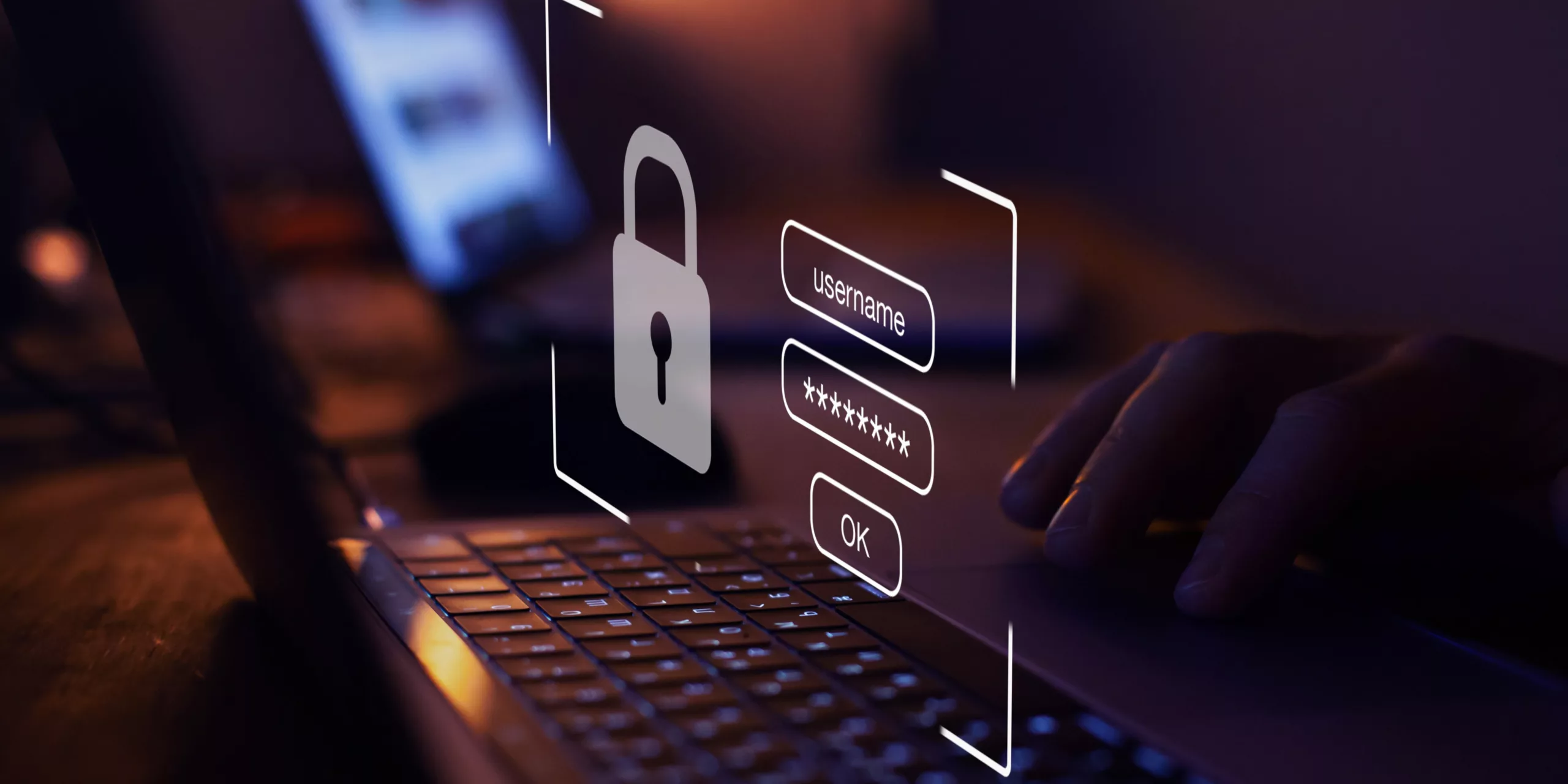With so many different cable types, different connectors and different names it can be hard to know exactly which cable is which. This handy guide should help, so next time you need any help, you’ll know which cable might be causing you an issue or need replacing.
Here's our quick guide to cables:
Screen/Monitor Cables
- High Definition Multimedia Interface (HDMI) – Most common monitor connection. The standard, industry-wide cable that everyone knows and loves because it just works!
- Display Port – Specially built for mobile devices like laptops as it has a small footprint. Is designed to be used as Display port to HDMI or Display Port to DVI, not Display Port to Display Port. Unfortunately, computer manufacturers didn’t implement this in a lot of their devices.
- Video Graphics Array (VGA) – Older display connector that has been phased out. It used to be everywhere and was the HDMI of the past, but it could not keep up with advancing technologies.
- Digital Visual Interface (DVI) – DVI was created to take over from VGA which it did for a short time, however, HDMI swiftly took the place after people quickly realised that the DVI connection is larger than HDMI and so wasn’t ideal for mobile devices such as laptops.

Universal Serial Bus (USB) Types: Three Generations
USB-A
- 2.0 Maxes out at 480 Mbit/s transfer rate – Old, most common USB type you will see in a lot of systems, however, is slowly being phased out.
- 3.0 5 Gbit/s – The New Most common type of USB you will see in a lot of systems, indicated by its blue colour and ports that say “ss” next to them, indicating Super-Speed which is 10x faster than the previous USB 2.0 generation.
- 3.1 10 Gbit/s – The Next generation of USB usually indicated by an ss+ symbol or ss10. This doubles the transfer rate of the previous USB 3.0 version meaning you could download Avengers Endgame in 4k being about 145GB in just 116 seconds!
USB-B
Most commonly found on Printers as a “printer cable”. One side will be USB-B that goes into the printer and the other side will be USB-A that goes into your PC for wired printing.
USB-C
The next generation of USB which is popping up everywhere, if you have a newer android device, this will be what your charger is. It offers a range of transfer speeds and good charging capability.

3.5mm Audio Jack
There are two most common types of 3.5mm Audio Jacks. TRS and TRRS. The letters used are to indicate the layout of the jack.
- T stands for Tip (always the first letter)
- R stands for Ring
- S stands for Sleeve (always the last letter)
- TRS (Headphones/Speaker)
- Tip Ring Sleeve
The tip is for the left audio channel, the ring is the right audio channel and the sleeve is for ground.
TRRS (Headset)
Tip Ring Ring Sleeve
The tip is for the left audio channel, the first ring is for the right audio channel, the second ring is for the ground, and the sleeve is for the microphone.
If you have a TRRS jack (e.g. for your headset) but your PC only has a TRS socket, you will still be able to listen, but your microphone will not work as there is nowhere to read the microphone output. You can tell what jack you have by counting the sections.
You can tell what port you have by looking at the symbol next to it, if it shows headphones with a microphone attached, it is TRRS. If it shows Headphones without the microphone, it is only TRS.

Ethernet Cable (Internet)
Technically connecter dubbed “RJ45”. This cable is what is used for a hard-wired connection to a network. This is alternative to Wi-Fi which connects to a network wirelessly.
You will find these on most laptops and Desktops and find ports in most offices in the wall or on the floor usually under banks of desks.

Power Cords
Kettle Cable (IEC 60320 C13 & C14)
Most common cable used to power Desktop PCs. Called a Kettle Cable because it looks like the one we use for kettles.
Cloverleaf Cable (IEC 60320 C5 & C6)
This is one of the standard cables you will see for most laptop chargers and small devices like Intel NUCs.
Shotgun or Infinity Cable (IEC 60320 C7 & C8)
Yet another standard cable for the chargers of laptops and even some speakers







